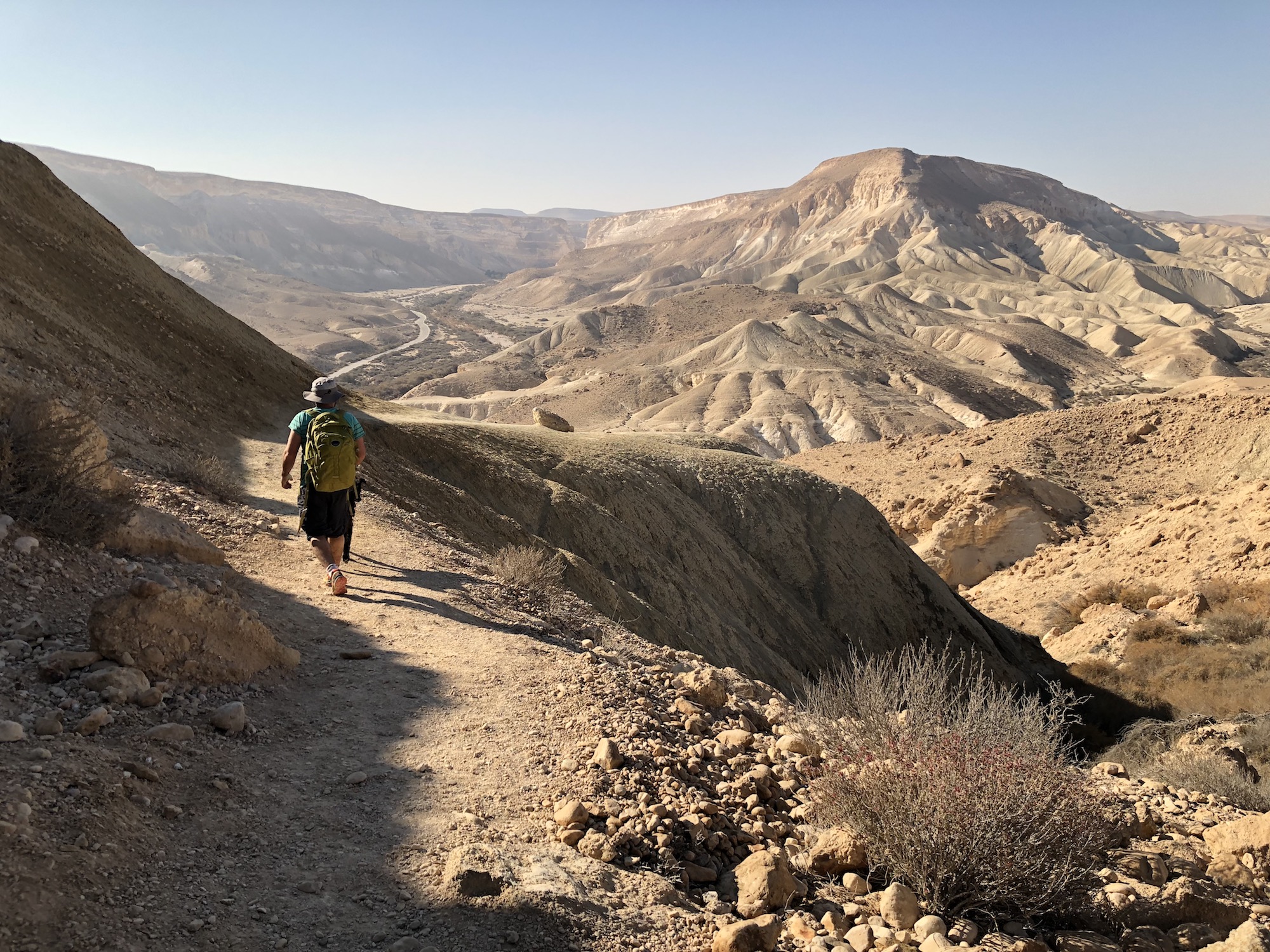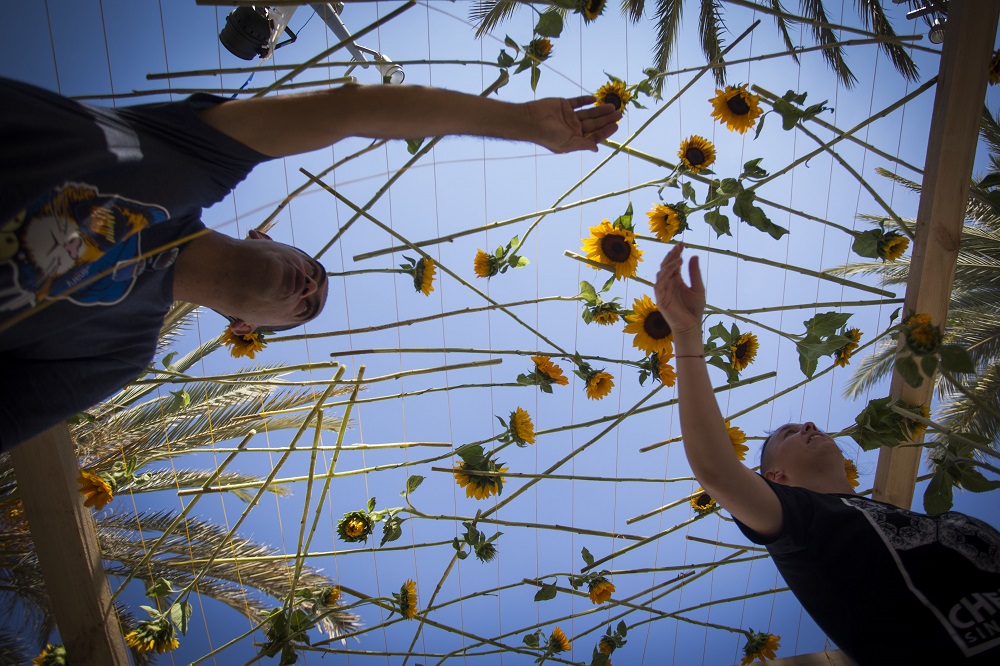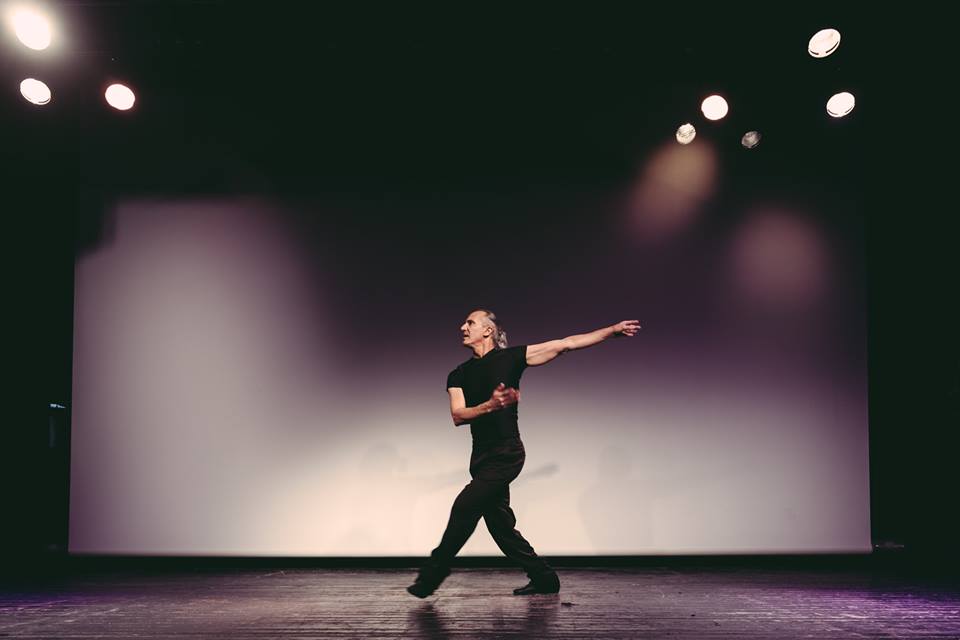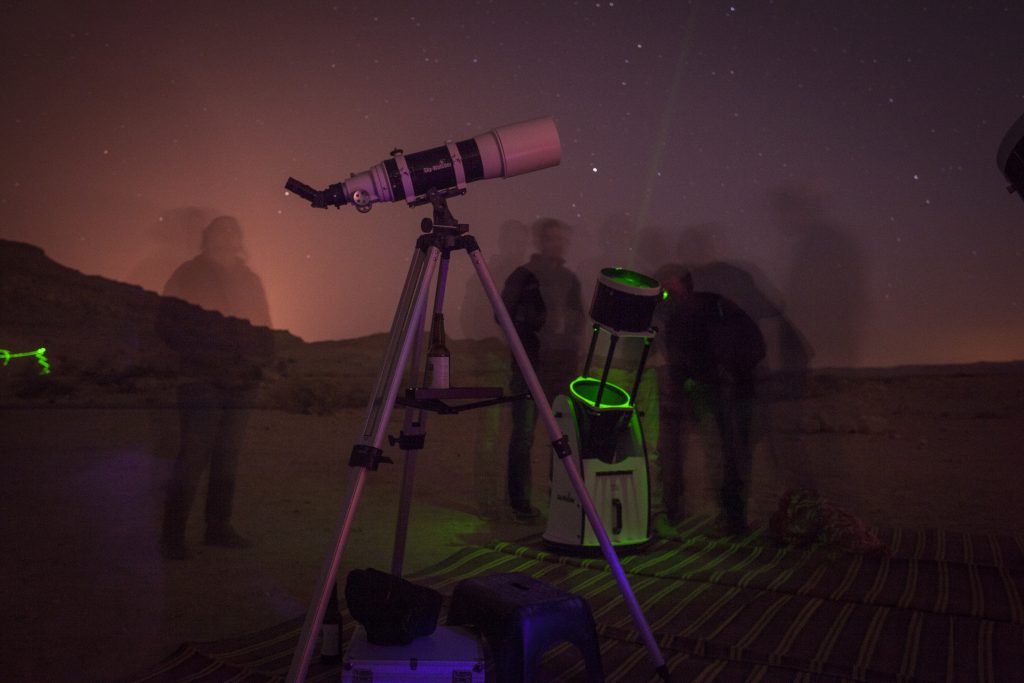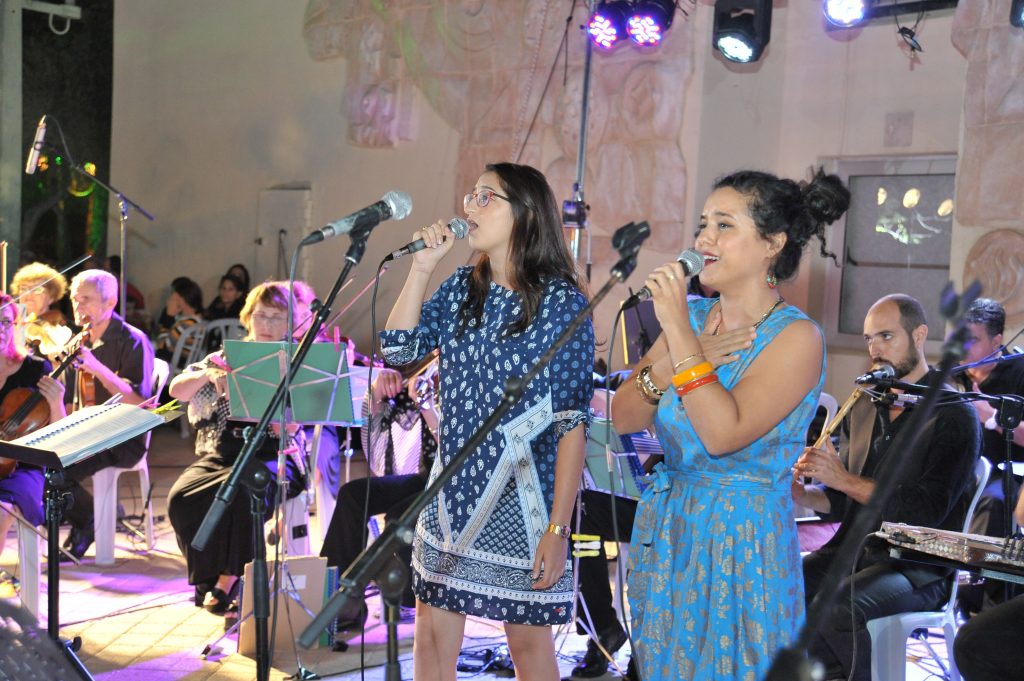About Yeruham
Yeruham “owes” its name to Shoshenq, an Egyptian pharaoh who reigned in the 10th century BC (approximately five years after the death of King Solomon). Shoshenq conquered areas of the northern Israelite kingdom, threatened Jerusalem, looted treasures from the holy temple and destroyed many of the sites along his path (see The Book of Kings I, Chapter 14, verses 25-26, The Books of Chronicles II, Chapter 12, verses 2-9 and the royal inscription at Karnak). Among his conquests is the site called “Yeham”, of which our town takes its name. In addition, Yeruham is mentioned in the Bible as the name of Prophet Samuel’s grandfather and others, mainly of the Benjamin Tribe. In any event, whether from Egypt or the Old Testament, the name of the town projects onto its residents and it is evident in the warmth derived of any encounter with them – young, old, veteran or new.
During the first three decades after its establishment by Romanian immigrants in 1951, the town suffered many hardships. Some of its veteran residents found it difficult to cope with the desert environment, the lack of employment and the distance from the country’s center. Various government offices and local leadership, partially failing, were unable to remove the negative image of a development town in general and specifically one in the Negev. This, along with other reasons, led to a mass desertion of residents who had just arrived. According to the legend, had Yeruham’s “doors” been one-way, its current population would have reached about 30,000… and yet, despite all of the hardships and trials, many of its founders remained and set the path for future generations, for immigrants from Morocco, Tunisia Persia and India in the 1950’s and 1960’s, for immigrants from the
Commonwealth of Independent States and, since the early 1980’s, for young religious Zionism families that continue to contribute and alter Yeruham’s demographic composition.
The dry air in Yeruham and its desert surroundings make way to pleasant breezes that bring in the desert chill toward the evening. The town’s location between two unique natural phenomena – the crater and the lake – which were not utilized for tourism over the years, led to a strong momentum of tourism initiatives by veteran and new residents who wisely integrated within Yeruham’s transformation. The 21st century “shortened” the distance and travel time from the center. “Periphery” is a term that is disappearing from local awareness and hopefully from public considerations as Israelis choose where to spend their vacations.
The results of these changes are already evident in Yeruham – the list of tourist attractions grows every year (see below), the Desert Iris attracts many guests and has gained a reputation in the Israeli hotel industry, the Big Crater – renamed Yeruham Crater – and the Yeruham Lake Park have gained financing that enables proper management and supervision. The local authority is an encouraging factor, providing support – to the extent possible – for every tourist initiative related to Yeruham and the character of the town. The variety of communities living in Yeruham is a source of local pride and a lever for combining local history with past traditions, enabling a community that adjusts to the Yeruham Transformation in education, cultural-community activities and tourism.
Events in Yeruham
The website was constructed with the generous help of the Miami Community and thanks to the longstanding partnership between Miami and Yeruham.



